How climate change is reshaping Upstate New York's winter identity
This year’s average snowfall has almost set a record, albeit one that outdoor recreation fans aren’t thrilled about.
National Weather Service (NWS) Meteorologist Jake Chalupksy said the 2022-23 season brought a paltry 55.8 inches to the Mohawk Valley, the second lowest snowfall on record, with this year withholding signs of improvement.
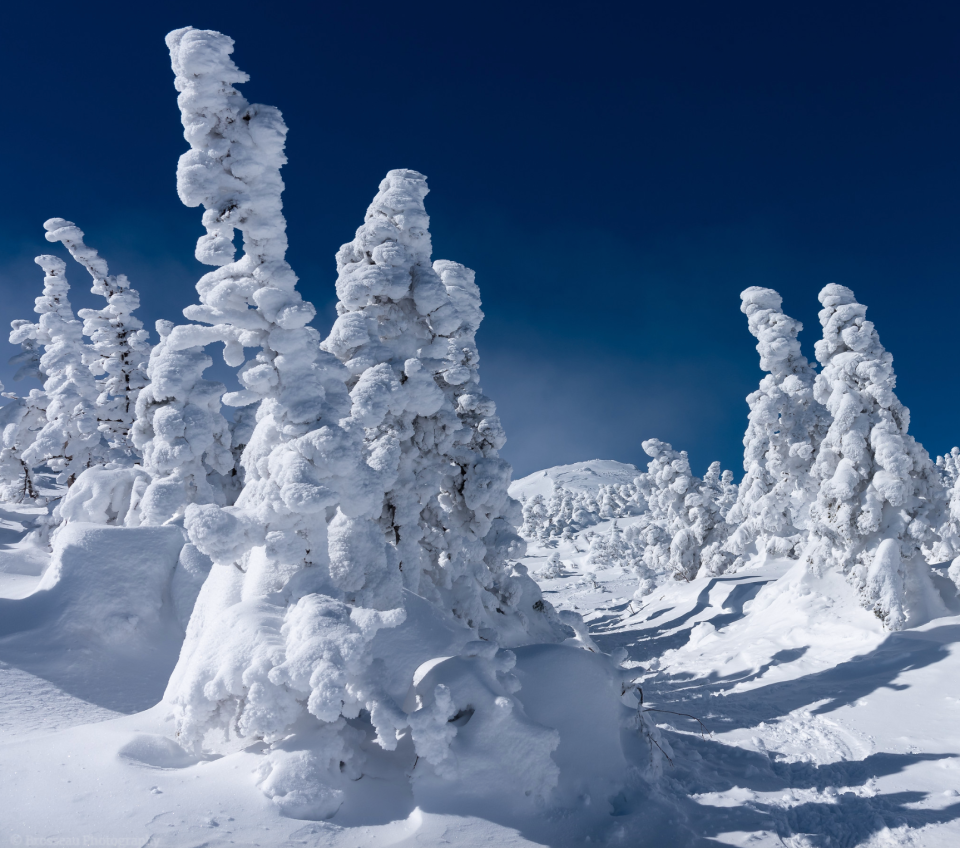
Based on climate data collected from 1990-2022, the average annual snowfall in Central New York is 127 inches.
This winter we’ve accumulated 34 inches so far, Chalupsky said. He highlighted that the last time the region collected over 100 inches was four years ago, in 2019.
Though Chalupksy partially attested this warming trend to the El Niño and La Niña climate patterns, he argued calmer winters will become the new normal.
“With global warming comes moderate winters, meaning less snow and more fixed precipitation – freezing rain and sleet combinations.”
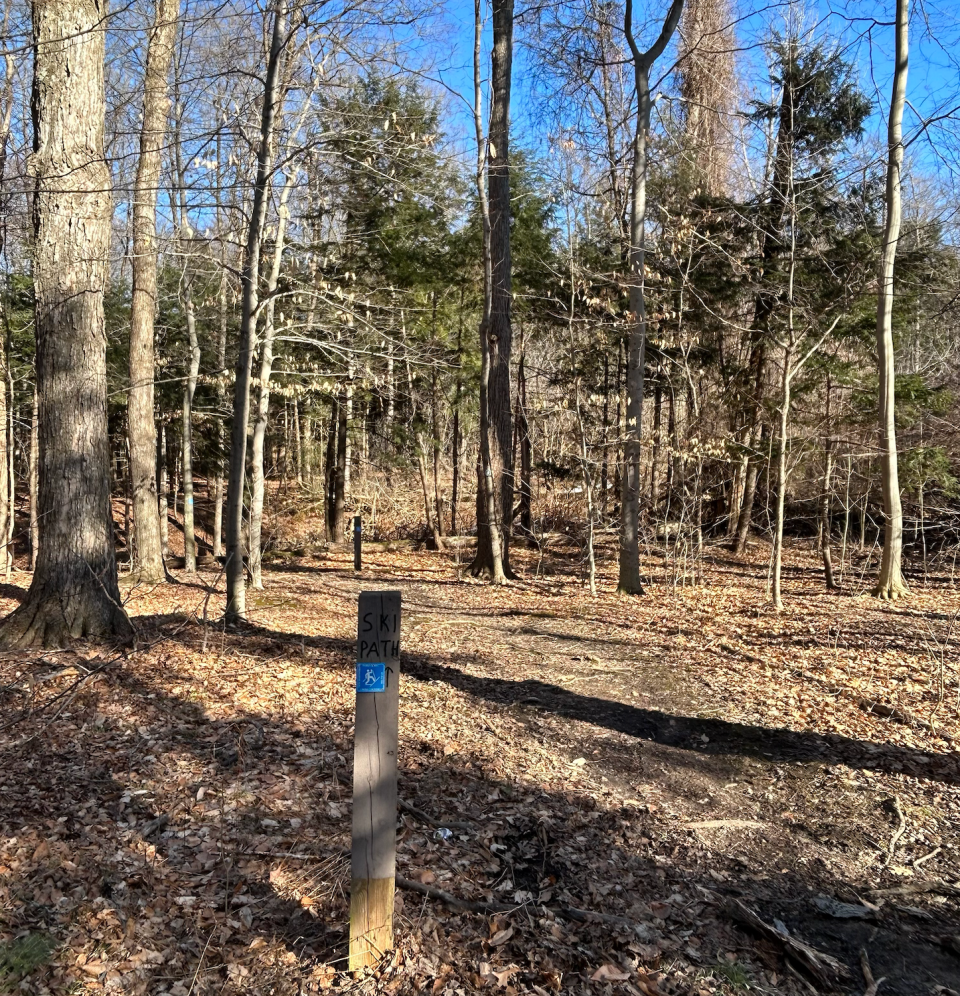
Other than snow, what else will be lost?
No snow means no Boonville Snow Festival.
Earlier this month, the Boonville Snow Festival Committee announced there was no hope for postponed ice-oval racing this year. The event, originally scheduled for Jan. 26-28 was canceled due to “unfavorable weather and unsafe track conditions,” as released on social media.
Jodi Roser, active president, said despite another mild winter the snow fest committee hopes to host a successful event in 2025.
“This year Mother Nature just doesn't want to cooperate,” she sighed.
According to Roser, snowboarding in Boonville is more than just a spectator sport “it’s what gets locals through the long winter months.” While it typically brings in a sizable chunk of revenue she admitted the most disheartening part was the loss of cultural spirit.
“Climate change has affected our country as a whole,” emphasized Roser. “We have to adapt because winter is not what it used to be.”
The Boonville Snow Festival Committee consists of 12 volunteer members. Roser said the group has contemplating shifting gears to organize events in different seasons, like summer or fall. She noted that several municipalities – from Broome County to Eagle River WI – have also been affected.
As Roser stated, ice-oval racing events in Eagle River were postponed this year due to the inability to keep a track. Broome County Winterfest was also canceled, for the second year in a row, due to insufficient snow and ice.
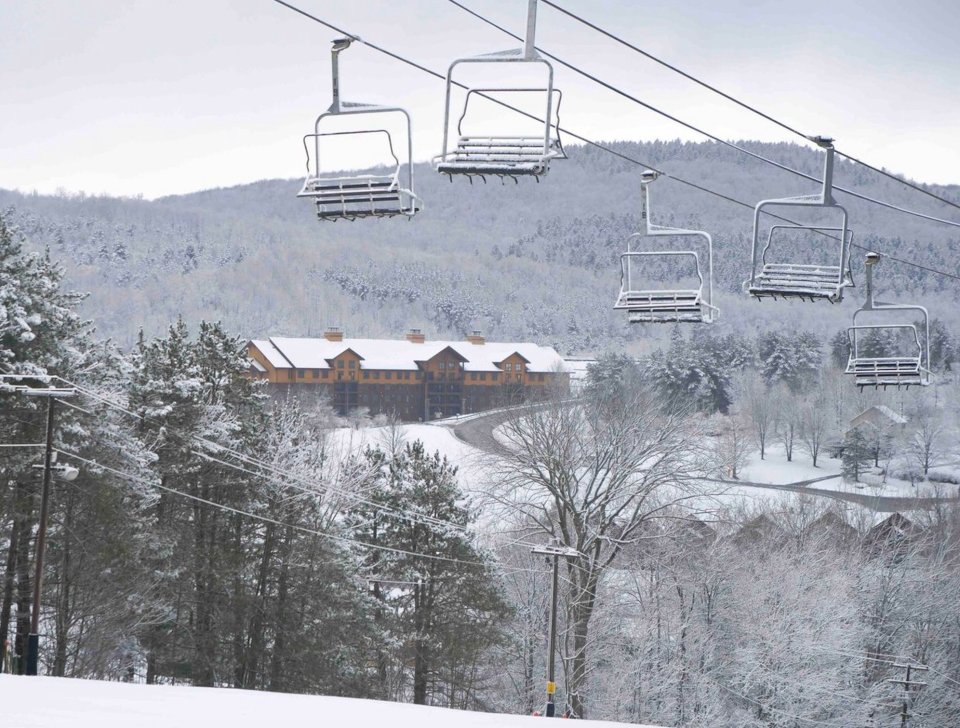
Is "green" snowmaking what the future entails?
Artificial snow-making – using machines to spray a mixture of water and compressed air to freeze into snowflakes – has been used by the ski industry since the 1950s. With climate change posing a threat to the industry, local resort owners at Woods Valley Ski Resort and Greek Peak Mountain have claimed the technology has become more important than ever.
National Ski Areas Association (NSAA) Director of Communications Adrienne Saia Isaac said snowmaking isn't necessarily a silver-bullet solution. Though, "green snowmaking" is a step in the right direction, she added.
"It's crucial to separate weather from climate," said Isaac. “Climate exceeds the breadth of skiing. New York has a long history of snowmaking and while it’s become a normal operational tactic you can’t fully rely on the technology without consistent winter weather.”
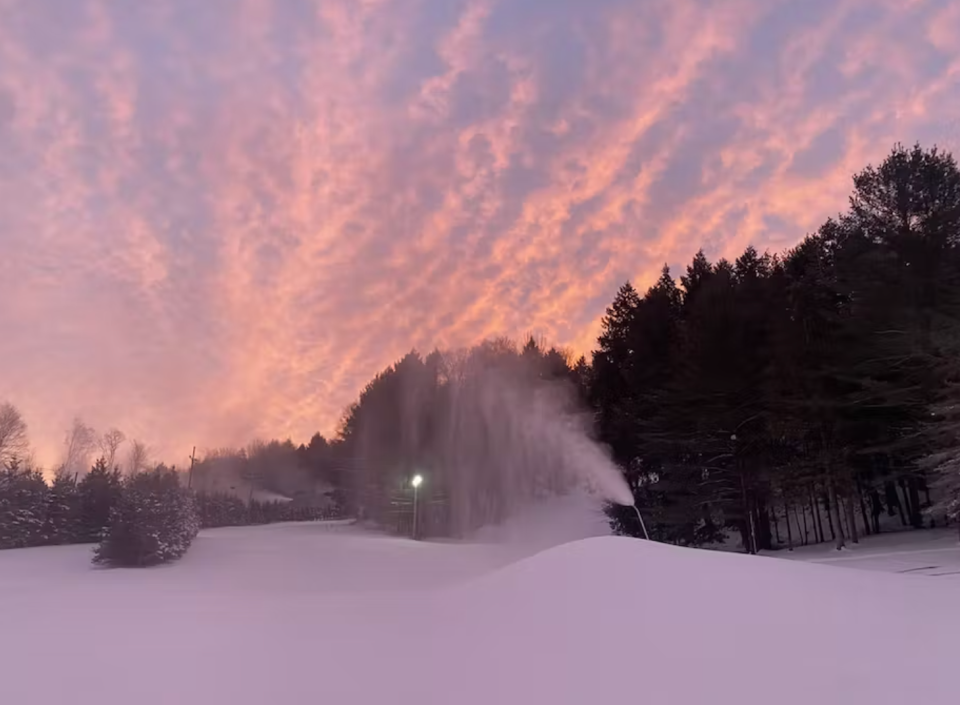
According to Isaac, the optimal wet bulb temperature for snowmaking is 28 degrees. She acknowledged that as a ski resort the last thing you want to do is waste your resources, or create a sub-par product that doesn’t stick to the ground.
In 2023, NSAA teamed up with local ski areas, and industry experts, to look at the intersection between snowmaking and climate change. Participants created a study which examined the risks of the operational tool and its carbon footprint.
Results found greenhouse gas (GHG) emissions from snowmaking are low and declining to zero as electric utilities add more renewables to their supply mix. Snowmaking is estimated to contribute 14% to resorts’ total GHG emissions today, with that declining to net zero for many resorts by 2030.
“The impact of snowmaking is relatively small, but it’s still important to be mindful of the technology we are working with,” said Isaac. “This study has forged a measure for ski resorts to benchmark their own efficiency.”
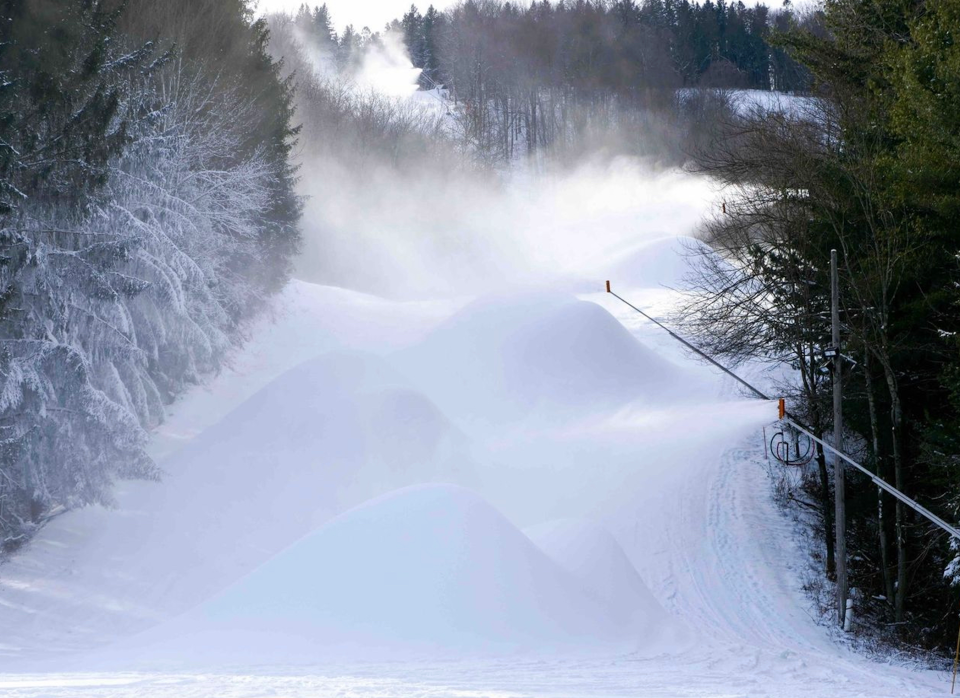
The role of outdoor recreation in Upstate New York
In 2011, NSAA created its "climate challenge," a voluntary program that advocates for regulatory legislation to curb carbon emissions while supporting ski areas with information on green snow-making technology.
Greek Peak Mountain is involved with the Sustainable Slopes program. The resort recently invested in high-efficiency snow guns to help conserve energy, said Vice President of Operations Ayden Wilber.
“These upgrades are projected to save over 1 million kilowatt hours of electricity,” Wilber added. “Moreover, we retired our last diesel air compressor. Our focus on efficiency and environmental responsibility underscores our commitment to providing exceptional winter experiences while minimizing our ecological footprint.”
Instead of relying on diesel fuel, green snow-making technology pulls from renewable energy and exercises an automation feature that turns the system off when weather conditions aren’t optimal, Isaac explained.
“The industry is grappling with two tough questions right now,” said Isaac. “Whether we let perfect be the enemy of good or allow fear to lead us toward apathy/ inaction instead?”
Isaac pointed out how the more outdoor enthusiasts there are, the greater potential for climate advocates there will be. “Our focus is making sure people can enjoy the slopes without contributing more harm to the environment."
There’s an economic benefit that comes to playing outside, Isaac added. “Ski areas are often the main economic driver and among the largest employers in rural communities.” she said, pointing to the U.S. Bureau of Economic Analysis (BEA) as proof.
According to the BEA skiing and snowboarding generated $58.87 billion in gross output in 2021 while broader snowsports supported over 533,000 jobs nationwide.
With ski areas at risk, due to climate change, Isaac insisted that collective action by public and private sectors – including significant emissions reductions – will positively impact our future.
“At NSAA we’re working on both sides of the aisle to emphasize the benefits of outdoor recreation: job creation, mental health and wellness, and community building,” Isaac said. “That’s how we make it known to politicians that green legislature matters not just to the ski industry but to local constituents as well.”
This article originally appeared on Observer-Dispatch: Mohawk Valley weather: Snow totals cause issues with events, skiing

